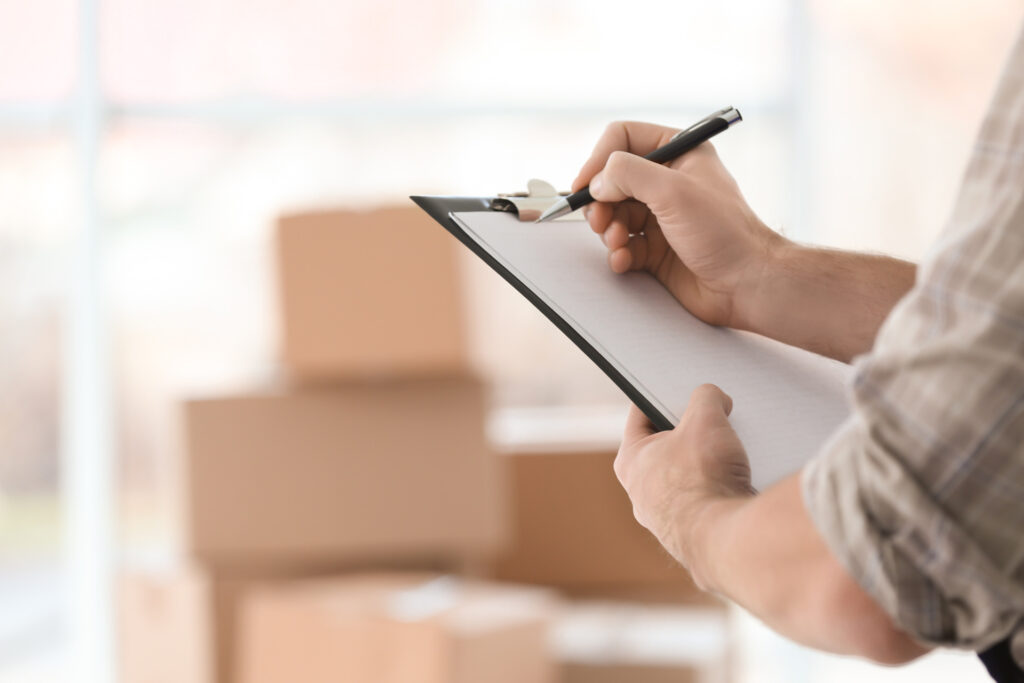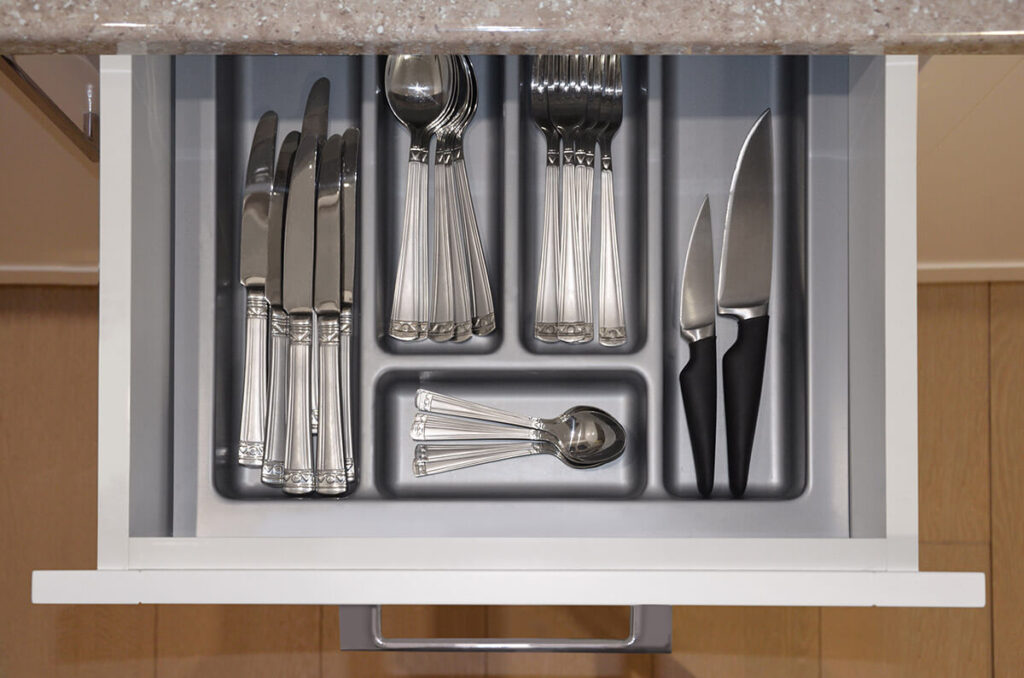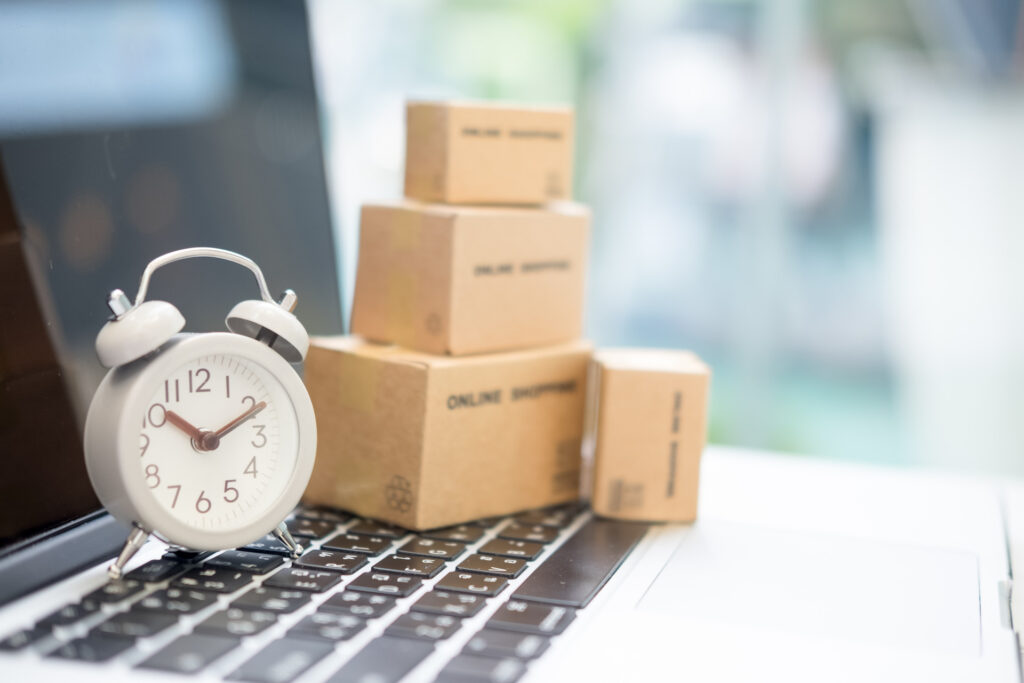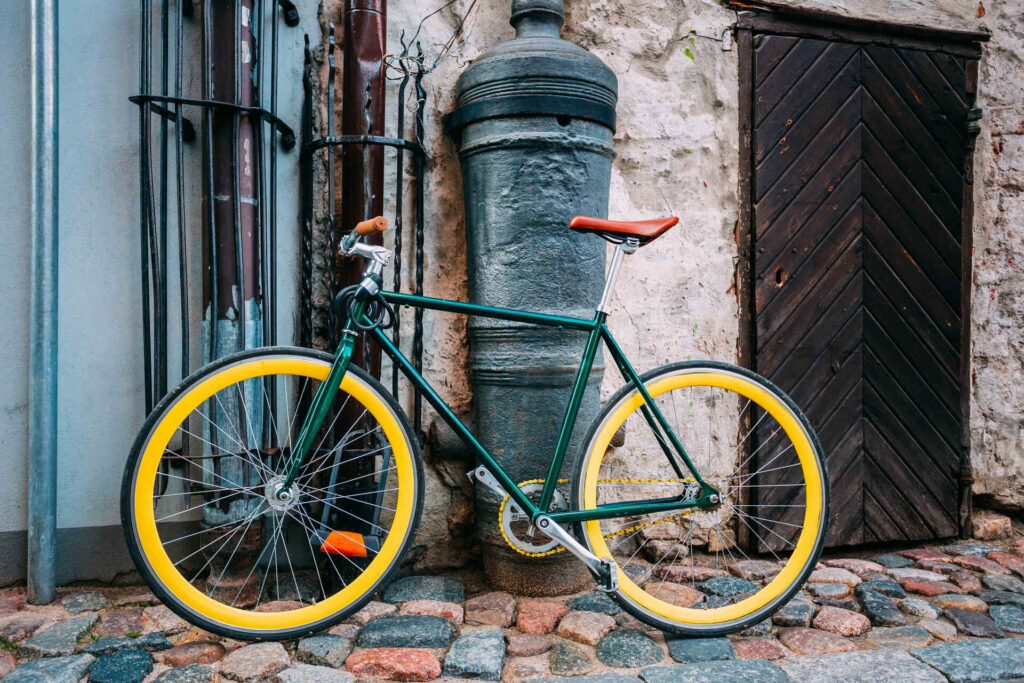Making sure your kitchen essentials survive the trek without ending up scratched, broken, or lost in the chaos requires more than just tossing them in a box. So, how to pack utensils for moving? International moves are full of challenges, but with a strategic approach, even your smallest kitchen items can make the journey safely. Whether it’s your trusty chef’s knife or the delicate heirloom silverware, this guide will help you learn how to pack them flawlessly.
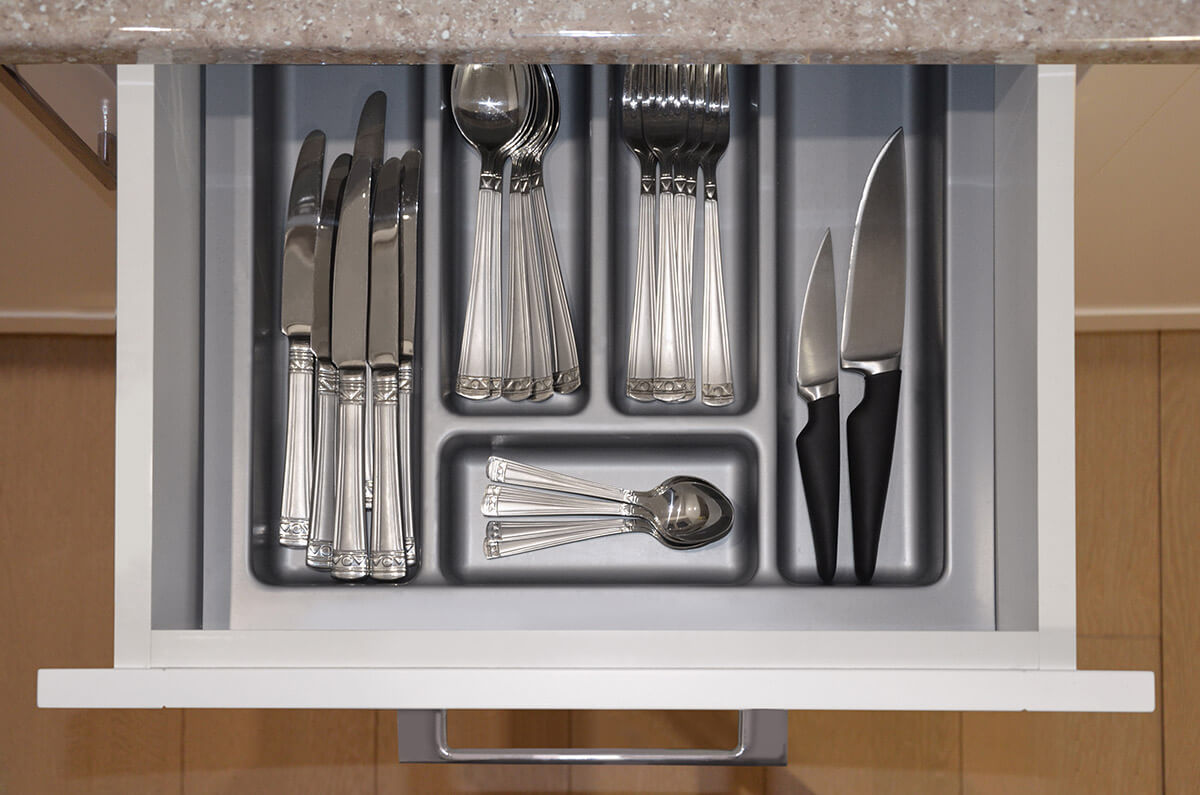

How to Pack Utensils for Moving?
Boxing up utensils for an international move requires thoughtful planning and careful execution to ensure they arrive safely. From sorting by material to wrapping fragile items like glass and sharp objects, each step plays a crucial role in protecting your kitchen essentials. Using the right packaging materials and properly securing sharp tools helps prevent damage. Professional packing services can also provide an added layer of security – if you’re willing to get them. Here’s a list of kitchen tools that you may need to pack for a move:
- Knives
- Spoons
- Forks
- Spatulas
- Whisks
- Tongs
- Measuring cups and spoons
- Peelers
- Graters
- Ladles
- Mixing bowls
- Cutting boards
- Kitchen shears
There are many essential kitchen utensils people use regularly. However, you need to decide what to keep based on your needs and wishes and declutter the rest.
Why Utensils Demand Special Attention When Relocating Abroad
Because these items are often irregularly shaped and made from various materials, they demand a bit more care and strategy when preparing for a relocation across the world. Naturally, when packing kitchen items, breakage is one of the biggest concerns. Many kitchen tools, such as glass measuring cups, ceramic ladles, or delicate salad tongs, are fragile and prone to cracking under pressure. Even metal objects can get bent or scratched during the move to a new home abroad.
*The first eating utensils were spoons and knives made from wood or seashells
On top of that, keep in mind that you’re moving overseas. International moves usually involve multiple stages, from being loaded onto trucks, ships, or planes to passing through customs and being unloaded again. With such a long journey ahead, your kitchen tools will go through a lot of handling and movement. This is why it’s important to box them up in a way that not only prevents immediate damage but also holds up to potential bumps, shakes, and shifts over several days or weeks.
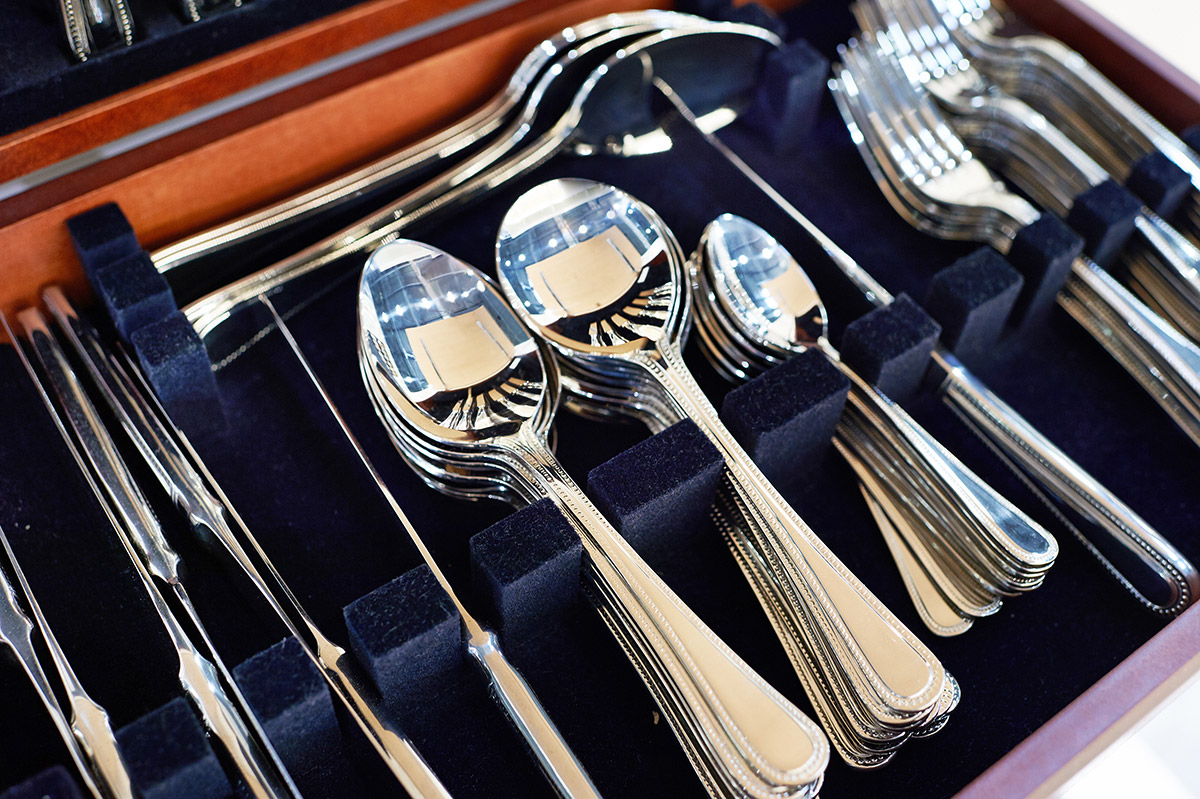

Gathering the Right Packing Materials
Since these items often vary in size, shape, and fragility, using the proper packing materials ensures that each utensil makes the journey without scratches, dents, or breakages. The right-sized boxes and containers, for example, can make a world of difference. If possible, opt for sturdy, high-quality boxes that can withstand the pressure of being stacked and transported over long distances. Heavy-duty cardboard boxes or plastic storage containers are both excellent options when moving abroad, as they offer durability and protection against the inevitable bumps and shifts.
Additionally, using boxes of different sizes can help you organize your cutlery and other items based on their shape and fragility. This way, heavier or bulkier items won’t crush the more delicate ones. For extra protection, consider double-walled boxes for heavier kitchenware and smaller, compartmentalized containers for sharp or fragile items. These containers can prevent items from shifting or banging into each other during transit.
Packing Paper, Bubble Wrap, and Cushioning Essentials
No matter how sturdy your boxes are, the real key to keeping your kitchenware safe is in the cushioning. Packing paper, bubble wrap, and other cushioning materials should be used generously to ensure each item is well-protected. While bubble wrap should be used for boxing up fragile items, you can use packing paper for items that aren’t as delicate, such as metal or wooden objects.
When boxing up kitchen items, the goal is to eliminate any empty spaces in the box where items could shift and collide during transport. That is why it’s wise to fill any gaps with crumpled packing paper, foam peanuts, or air pillows. This extra cushioning will act as a shock absorber during your relocation to a new city abroad, reducing the risk of breakage.
Labeling for Easy Unpacking
Labeling is an often-overlooked but crucial part of the boxing-up process in general. Once everything is neatly packed and secured, make sure to clearly label each box with its contents. You can use a simple marker to indicate what’s inside, like “Kitchenware” or “Fragile Items.” However, taking it a step further and including detailed relocation labels like “Sharp Utensils” or “Glassware” can help you or the movers handle the boxes appropriately.
You should also consider adding labels that indicate which room the items belong in. This small step can make a big difference when you’re unpacking in your new home. It allows you to quickly identify which boxes should go to the kitchen without unnecessary rummaging. In addition, when moving internationally, your belongings will need to pass through customs, and labeling can help speed up the inspection process.
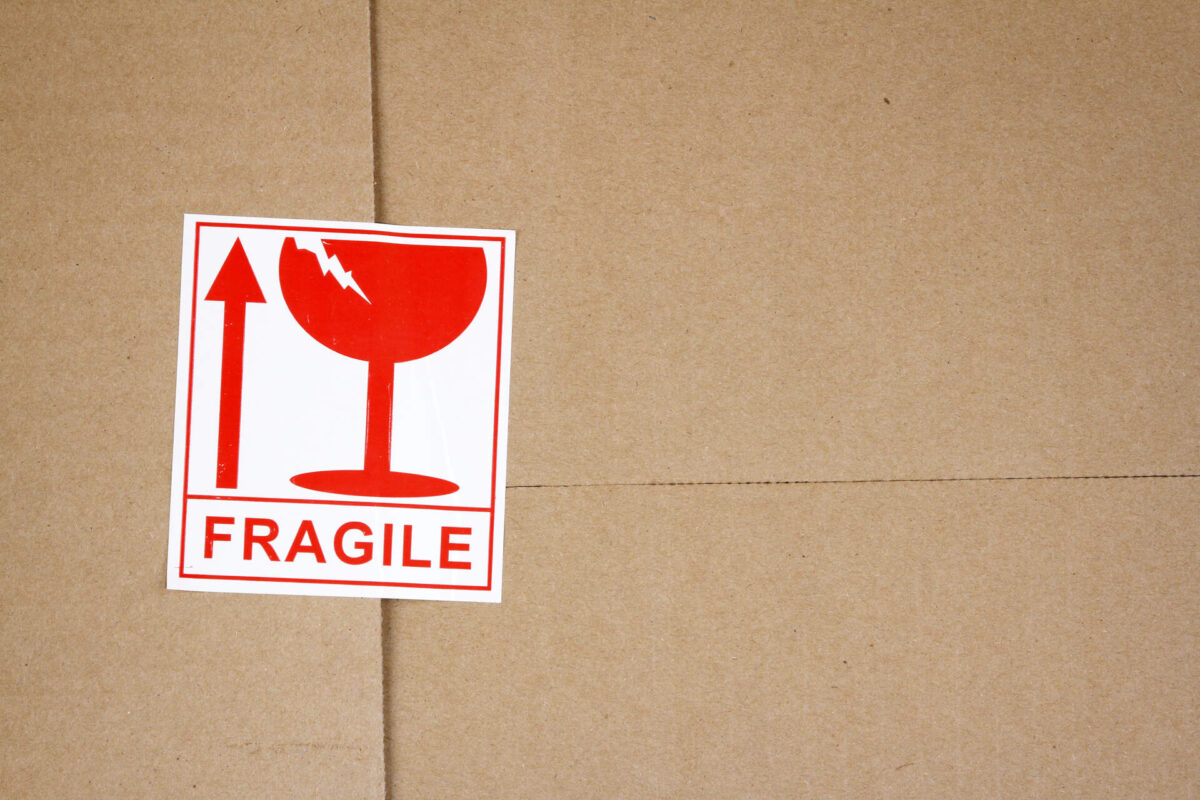

Organizing and Boxing up Kitchen Tools
When preparing for a move to another country, boxing up kitchenware requires a methodical approach to ensure everything arrives safely and intact. The first step should be sorting all of your kitchen items by material. This helps you determine the level of protection each item requires and ensures that fragile pieces are handled with care. Here are some valuable relocation tips on how to pack kitchen utensils for moving:
Metal items are typically more durable than other materials, making them less likely to break. However, they’re not immune to damage. If packed improperly, they can still get scratched, bent, or cause harm to more fragile items. To avoid damage, group similar metal items together and secure them with a rubber band or string to prevent them from shifting around.
Wrap each group in packing paper to avoid scratches, especially if you have kitchen tools with sharp edges. You can also use dish towels or kitchen linens to provide extra cushioning. Place these utensils at the bottom of the box, as they are heavier and less prone to damage. If there’s space between them and other items, fill the gaps to keep everything secure.
Glass kitchenware is prone to cracking or shattering even with minor impacts, so it’s critical to take extra care when boxing it up. Start by individually wrapping each glass item with bubble wrap or thick packing paper. Ensure that all sides of the glass are well-padded to absorb any shocks or bumps during transit. You can also wrap glass items in dish towels or soft clothing for added protection. Place these items in a sturdy box, and make sure to line the bottom with crumpled paper or foam peanuts. Place the heaviest glass items at the bottom, with lighter, more fragile items on top.
Plastic may not be as fragile as glass, but it comes with its own set of challenges. When boxing up plastic kitchenware, it’s important to treat it gently despite its durability. Group similar items together and wrap them in packing paper or dish towels to prevent scratches. Avoid placing heavy items on top of plastic items as they could warp or dent. Place these items on top of heavier tools or in a separate box where they won’t be crushed.
How to Secure Sharp Utensils?
Sharp items not only pose a risk to other packed belongings but can also cause injury if they’re not properly secured. That is why packing knives and blades, for example, requires a careful approach. Start by wrapping each knife individually in a thick layer of bubble wrap or packing paper. Once wrapped, secure the covering with tape or elastic bands to prevent it from coming undone during transit.
To further reduce the risk, place each wrapped knife inside a cardboard sleeve or sheath if available, or use a piece of stiff cardboard folded over the blade. This will prevent the sharp edges from piercing through the packing material or the box. Once all knives are securely wrapped, place them together in a small, sturdy box. Make sure to label the box clearly with “sharp objects” to ensure that anyone handling it knows to be cautious.
Handling Customs and Regulations for Utensils
Dealing with customs regulations can be one of the more challenging aspects of your relocation to another country. Even seemingly mundane items like kitchen tools can be subject to certain restrictions, depending on the destination country. Understanding these regulations and being well-prepared will help you avoid delays, additional fees, or the confiscation of your belongings during the customs clearance process.
While most kitchen tools are typically allowed, certain materials or types of utensils may raise concerns depending on local regulations. For example, countries with strict environmental laws might prohibit plastic objects or packaging, while sharp objects like knives could be subject to specific import controls due to safety concerns. That’s why researching the customs regulations for your destination country should be on your to-do list. It’s the only way to learn what’s permitted – and, according to it, what to get rid of when relocating abroad.
Accurate and thorough documentation is key to avoiding issues at customs. When moving internationally, you’ll need to declare the items you’re shipping on your packing list and any required customs forms. Be as detailed as possible in your declarations, listing the types of utensils, their materials, and their quantities. This will help customs officers quickly assess your shipment and ensure there are no misunderstandings.
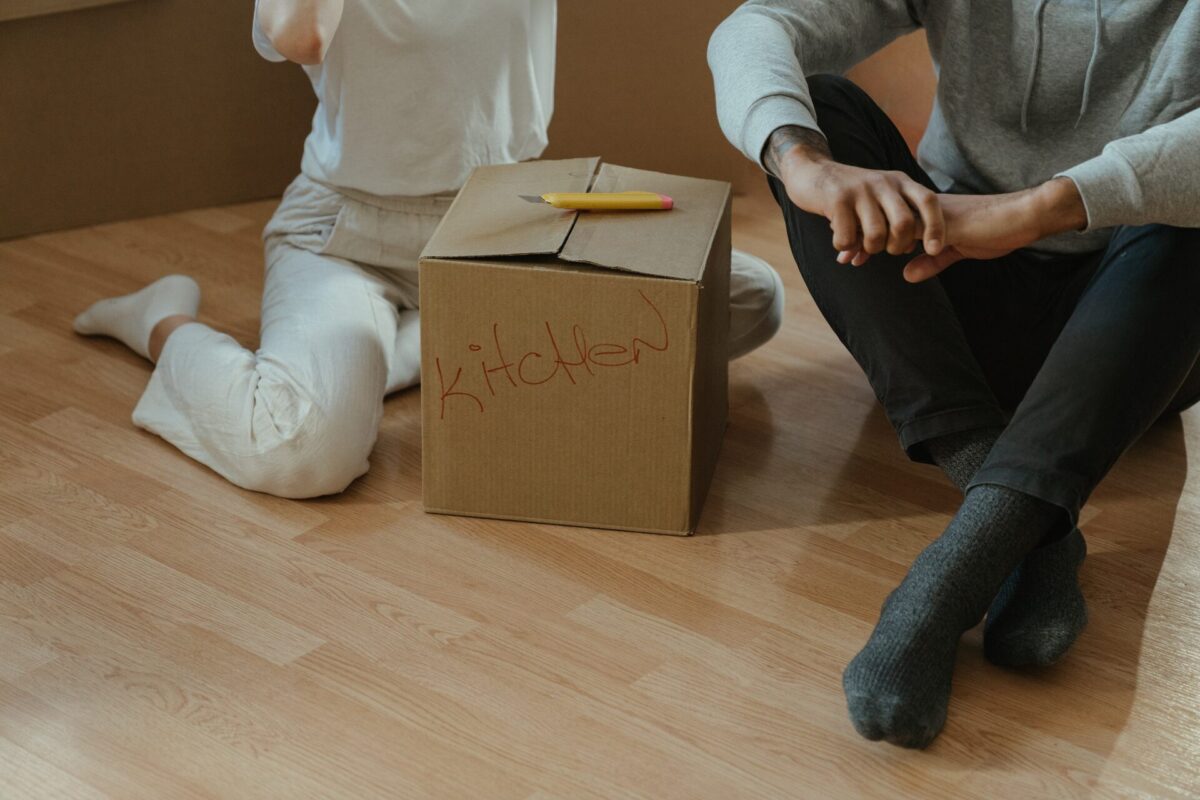

Packing Services as Your Safety Net
When it comes to international moving, boxing up can be one of the most stressful and time-consuming tasks. It’s not just about placing items in boxes but ensuring they are packed in a way that guarantees their safety for the long and often bumpy journey ahead. This is where professional packing services can come in handy and make your relocation easier.
Reputable movers know all about how to pack away kitchen utensils for moving. Hiring professional packers from an overseas shipping company ensures that all of your belongings, including fragile kitchen tools, are packed with the highest level of care and protection.
Reliable international movers, such as Sunset International Shipping, use specialized materials and techniques to prevent damage during transit. That is why getting international moving services offers a layer of security that a DIY approach might not provide. After all, movers are trained to handle a variety of items, from small and fragile to large and oddly shaped. They will ensure everything is securely packed to withstand the rigors of international shipping overseas.
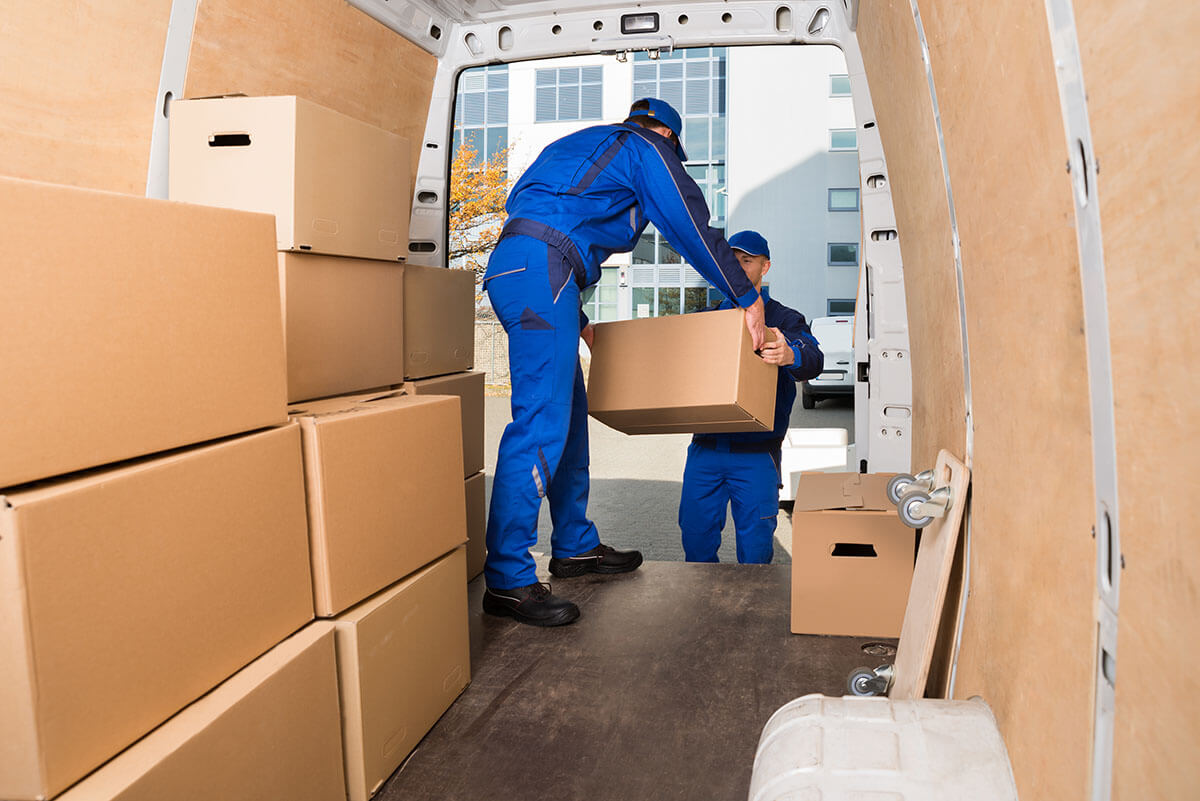

Hire Top-Tier Movers for a Safe International Relocation
While you can certainly handle boxing up this type of kitchenware yourself, hiring professional movers ensures that your items are packed with the utmost care and expertise. When you start looking for the best crew to help you box up your home, know that you’ll find no better than Sunset International Shipping.
With the help of our overseas moving company, you can focus on other important aspects of your relocation, knowing that even the smallest details are taken care of. Don’t leave your kitchen essentials, or any other household item, to chance – contact us for a quote and ensure your belongings make the journey safely.




